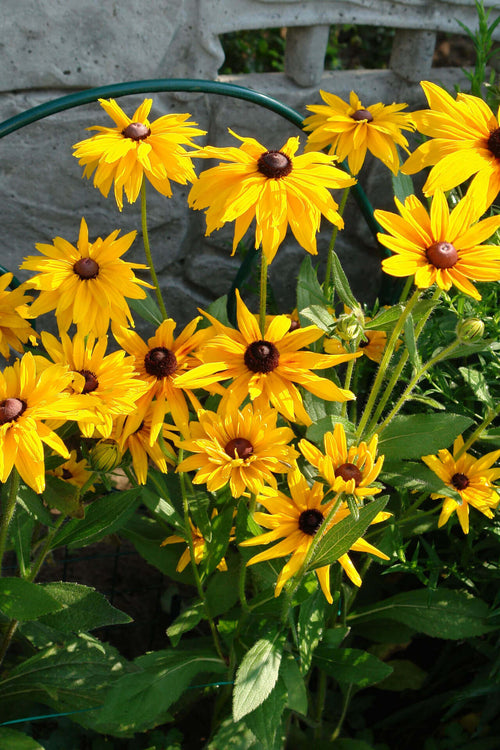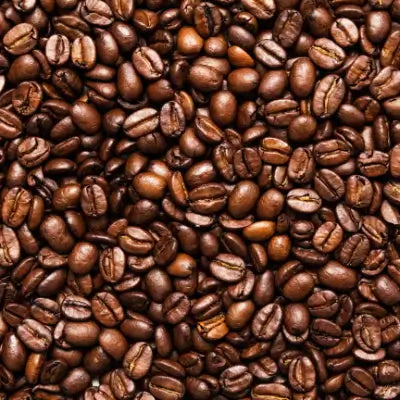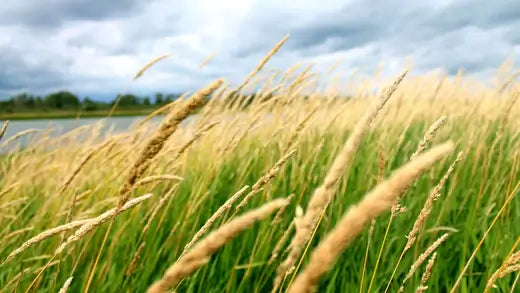Perennial Planting Strategies
Suppose you're trying to build an impressive and low-maintenance landscape using perennial plants. Perennials come back every year and provide many advantages for gardeners. They're generally easy to maintain; they can offer an extensive season of color and typically require less fertilizer and water than perennial plants. But planning for your perennial garden to enhance its beauty and impact is crucial.
These are the best perennial gardening ideas to take into consideration when designing your garden:
Select plants that bloom at different times
Pick species that blossom at various dates to ensure your yard remains stunning throughout the year. For instance, you could begin with spring bloomers in the early stages, like daffodils and crocuses, before moving on to tulips and hyacinths. It is then summer-blooming perennials such as coneflowers, daylilies, and Black-eyed Susans. Ultimately, late summer and autumn-blooming plants such as mums, asters, and sedums will give you color throughout the autumn.
Mix textures and heights
A garden that has plants with varying sizes and textures can be visually fascinating and natural looking. Tall plants, like hollyhocks or delphiniums, can be placed in the back of the border, and plants with a mid-height, like a coreopsis and salvia, can be put in the center. Low-growing plants like creeping phlox or sedum could be planted near the garden's center. Mixing diverse textures, such as the feathery grasses of broad-leafed species, will also provide visual attraction.
Take into consideration the color & texture of the foliage
Flowers are only some of what you need to draw attention to your backyard. Plants with vibrant or attractive foliage are also a great way to create an attractive garden. For instance, hostas are available in various textures and colors and are a great way to make an attractive, leafy border. Ornamental grasses such as blue fescue and zebra grass can bring movement and texture to your garden.
Plants in groups
Planting perennials together in groups of 3 or 5 could give a natural and harmonious appearance. Caring for the plants is also easier since they'll share the exact needs for sunlight and water.
Think about the soil and the light conditions
Different species have different soils as well as light needs. Therefore it's crucial to select plants that thrive in the specific conditions of your backyard. For instance, if you live in a sunny and well-drained spot, you may select drought-resistant plants such as lavender and yarrow. If you live in a shaded place, you can pick plants such as hostas or ferns that thrive in well-drained, moist soil.
If you follow these perennial plant methods, you can design an attractive and low-maintenance area. The perennial garden can bring years of pleasure and beauty with just a bit of planning and proper care.
You can maximize your garden's beauty with these perennials:
Yellow Tulip
From bright, vibrant yellows to more delicate pastel shades, these flowers provide a distinct sparkle in any landscape. With such wide varieties, it can be challenging for gardeners to determine which yellow tulip and Lavender Tulip is best for their needs.
Of all the varieties of Tulips, yellow is one of the most loved. The vibrant color brings joy and happiness to any yard. There are a variety of colors offered for these stunning flowers, ranging from light lemons to bright yellow shades. They are not only beautiful cut flowers, but they also look gorgeous in containers or beds.
Red Daylily
Red Daylily can be described as an environmentally friendly plant ideal for homes with a green environment. Because it is green, Red Daylily reduces its environmental impact.
One of the significant benefits of using Red Daylilies is their expansion speed. The growth rate of this plant multiplies, which means you'll always have fresh plants available. In addition, Red Daylilies require minimal maintenance, and you'll be sure you're using a high-quality environmental product.
White Daffodils
Daffodils (also known as narcissus in botanical terms) are among the most beautiful spring-flowering bulbs that are easy to cultivate and simple to take care of. There are over fifty varieties of daffodils.
They are divided into 13 different varieties according to the shape of the flower within the surrounding petals. There are also 25000 registered hybrids. From bright yellow trumpets, delicate whites, and delicate trumpets to sophisticated, double-trumpet small four cultivars, these beautiful, winter-hardy flowers can make any garden pop with vibrant color.
A few of the most popular daffodils are the bright yellow Dutch Master of the trumpet variety and the Pheasant's eyes, known for its white flowers surrounded by an orange-rimmed yellow cup.
Another benefit of daffodils is that they are repellent to rabbits, deer, squirrels, and other wild animals. Therefore, gardeners need not be concerned about the possibility that they'll be able to keep their "crops" of color devoured by unsuspecting visitors.
Lily Of The Valley Plant
Wild Lily of the Valley, also called Convallaria majalis, is a plant with dark green leaves and small bell-shaped flowers originating from Europe and Asia and is well-known for its sweet aroma. The plant's stems develop during the summer and then grow throughout spring, growing between 15 and 30 cm high and leaving 10-25cm long. The plant is adorned with white flowers, which may be bell-shaped and pink.
The Lily Of The Valley Plant is a plant that can endure for a long time in cold climates. Wild Lily of the Valley was the primary plant source for green colorants. It symbolizes the virtues of modesty, chastity, and purity. It is observed at weddings. The flowers bloom in May and are regarded as the return of happiness in these seasons.
Milkweed Plant
Milkweed's scent is the strongest in late June and lasts into August. The plant will be more protected because of its root structure which extends underneath the surface, allowing pods that are newly formed to rise to the top. They like full sunlight in dry soil. They are even able to survive in soil with a few holes.
They are an essential diet for Monarch butterflies as well as a variety of other species. They also host the various phases of the monarch's cycle. They encourage people to plant butterflies in their gardens at home. Caterpillars will cover the plants to eat leaves, hang their chrysalises to mature, and then begin to hatch.
This very easy-to-grow plant can be used in numerous butterfly gardens. A few characteristics that attract butterflies and gardeners are their size, flowering duration, robustness, and attraction to butterflies.
Final Thoughts
Using perennial gardening strategies within your garden is a great way to enhance or maximize the beauty of your garden and its sustainability. By selecting plants suited to your area's climate, You can design your garden with minimal maintenance and provide all-year-round variety and color.
Integrating a variety of textures, colors, and shapes into your garden's design can create a lively and appealing landscape. Also, focusing on plant strategies like layers, succession planting, and companion planting will help improve your garden's productivity and health. Using these methods, you can build beautiful, sustainable gardens and be beneficial to wildlife in the area.


















































